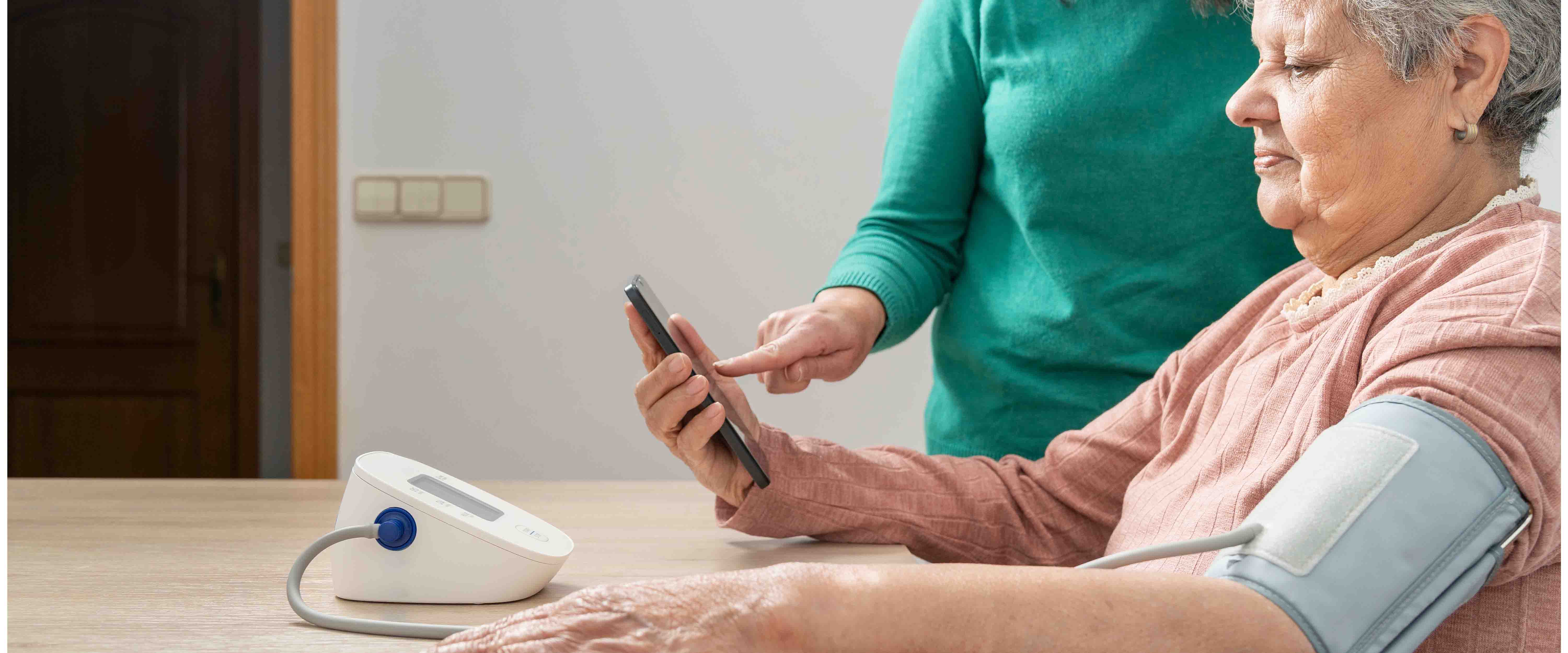It is important to understand that the risks associated with diabetes are not offset before. Prediabetes, also known as borderline diabetes, not only increases your risk of diabetes, but can increase your risk of vision loss too.
Prediabetes and Vision Loss
Your blood sugar level is higher than normal but not high enough to be classified as diabetes when you have prediabetes. This can cause retinopathy, which specifically means structural changes to the eye that can result in loss of vision. Having retinopathy is the most critical predictor for vision loss.
Simply put, a lot of individuals are unaware they have prediabetes. This leads to an even greater problem: not noticing retinopathy developing until it's well-advanced and vision becomes blurry. Retinopathy has the best chance for treatment success if detected early and treated. Therefore, it is important to monitor your body and get regular eye examinations as prediabetes and vision loss are closely tied.
Diabetic retinopathy Early Signs
- Leaking blood vessels
- Macular edema (swelling)
- Pale, fatty deposits on the retina
- Damaged nerve tissue
- Any changes to the retinal blood vessels
Signs and Symptoms Of Vision Loss
- Blurry vision or double vision
- Flashing lights
- A veil, cloud, or streaks of red in the field of vision, or dark or floating spots in one or both eyes, which can indicate bleeding
- Blind or blank spots in the field of vision
The 3 Stages of Diabetic Retinopathy
1. Background Neuropathy
Background retinopathy is said to occur if you have developed microaneurysms on your retina. Microaneurysms are when there is a swelling of the capillaries (very small blood vessels) that feed into the retina. The presence of relatively small numbers of microaneurysms will not usually cause problems with vision.
If the extent of retinopathy is able to grow more significantly, however, this is more likely to present a risk to your vision. Retinopathy can be treated, so it is important that you attend retinopathy screening appointments.
2. Maculopathy
Diabetic maculopathy is a condition that can result from retinopathy. Maculopathy is damage to the macula, the part of the eye which provides us with our central vision. A common from of damage is from diabetic macular oedema (DMO) in which fluid builds up on the macula. Diabetic maculopathy is often treated by laser surgery.
3. Proliferative Retinopathy
Proliferative retinopathy is the body's attempt to save its retina, but it can often lead to scarring of the retina and can cause the retina to detach. Both of which would lead to blindness. New blood vessels that are particularly weak begin to form on the retina to aid in restoring blood supply. Some modern eye treatments have the potential to help prevent blindness from occurring as a result of proliferative retinopathy. Now you must be thinking, can blindness occur due to diabetes? The answer is technically yes. But the follow up question, can Diabetic Retinopathy go away? The answer is also a YES.
Blood Sugar and Vision Problems
Blurred vision could just be a temporary problem that develops rapidly and is caused by high blood sugar levels. High blood sugar causes the lens of the eye to swell, which changes your ability to see. Changing the shape of the lens naturally throws off vision. This can be a chronic, 24/7 kind of problem, or it can occur only after a high-carb meal, when glucose is way up.
The Harvard Medical School Family Health Guide says that after-meal blurriness can be prevented by avoiding high-carb meals. The cure for chronic, all-the-time blurriness is to get blood glucose down to normal range before meals. It may take as long three months of relatively normal blood glucose levels before vision returns to your baseline normal.
Good News! YES, Diabetic Retinopathy Can Be Reversed and YES, Diabetic Retinopathy Can Be Reversed With Diet
Overall the number 1 thing is to stick to diet.
Here's a famous one for you: Dr. Walter Kempner's rice and fruit diet.
Kempner's Rice Diet program began at Duke University in Durham, North Carolina in 1939. The treatment was a simple therapy of white rice, fruit, juice, and sugar, and was reserved for only the most seriously ill patients. Although low-tech, the benefits of the Rice Diet far exceed those of any drug or surgery ever prescribed for chronic conditions, like prediabetes and diabetes.
In addition to diet, DME can be treated with several therapies that may be used alone or in combination, including:
- Anti-VEGF Injection Therapy
- Focal/grid macular laser surgery
- Corticosteroids
But focus on diet first!
How To Prevent Diabetic Retinopathy With Treatment
If you are diabetic, you can help prevent or slow the development of diabetic retinopathy by:
- Taking your prescribed medication
- Exercising regularly
- Controlling high blood pressure
- Avoiding alcohol and smoking
- Sticking to your diet!



.jpg)









.webp)




-images-0.jpg)


